[1] Barrésinoussi F, Chermann J C, Rey F, et al. Isolation of a T-lymphotropic retrovirus from a patient at risk for acquired immune deficiency syndrome (AIDS) [J]. Science, 1983, 220(4599):868-871.
[2] Gallo RC, Sarin PS, Gelmann EP, et al. Isolation of human T-cell leukemia virus in acquired immune deficiency syndrome (AIDS) [J]. Science, 1983, 220(4599):865-867.
[3]Ratner L, Haseltine W, Patarca R, et al. Complete nucleotide sequence of the AIDS virus, HTLV-III [J]. Nature, 1985, 313(6000):277-284.
[4]Sanchez-Pescador R, Power M D, Barr P J, et al. Nucleotide sequence and expression of an AIDS-associated retrovirus (ARV-2) [J]. Science, 1985, 227(4686):484.
[5]Wain-Hobson S, Sonigo P, Danos O, et al. Nucleotide sequence of the AIDS virus, LAV [J]. Cell, 1985, 40(1):9-17.
[6]Sharp P M, Hahn B H. Origins of HIV and the AIDS Pandemic [J]. Cold Spring Harbor Perspectives in Medicine, 2011, 1(1):a006841.
[7]Rhodes T, Singer M, Bourgois P, et al. The social structural production of HIV risk among injecting drug users [J]. Social Science & Medicine, 2005, 61(5):1026-1044.
[8] Smith J H, Whiteside A. The history of AIDS exceptionalism [J]. Journal of the International Aids Society, 2010, 13(1):1-8.
[9] Votteler J, Schubert U. Human Immunodeficiency Viruses: Molecular Biology [J]. Encyclopedia of Virology, 2008, 511:517-525.
[10] Hollingsworth TD, Anderson RM, Fraser C. HIV-1 transmission, by stage of infection [J]. The Journal of Infectious Diseases, 2008, 198(5):687-693.
[11]Moore D J, Masliah E, Rippeth J D, et al. Cortical and subcortical neurodegeneration is associated with HIV neurocognitive impairment [J]. Aids, 2006, 20(6):879-887.
[12]Patel, P, Mackellar, D, Simmons, P, et al. Detecting acute human immunodeficiency virus infection using 3 different screening immunoassays and nucleic acid amplification testing for human immunodeficiency virus RNA, 2006-2008 [J]. Archives of Internal Medicine, 2010, 170(1):66-74.
[13] Petak F, Albu G, Lele E, et al. Cost-effectiveness of a Fourth-Generation Combination Immunoassay for Human Immunodeficiency Virus (HIV) Antibody and p24 Antigen for the Detection of HIV Infections in the United States [J]. HIV Clinical Trials, 2012, 13(1):11-22.
[14] Schröder A R W, Shinn P, Chen H, et al. HIV-1 Integration in the Human Genome Favors Active Genes and Local Hotspots [J]. Cell, 2002, 110(4):521-529.
[15] Tomkowicz B, Collman R G. HIV-1 entry inhibitors: closing the front door [J]. Expert Opin Ther Targets, 2004, 8(2):65-78.
[16] Young S D. Inhibition of HIV-1 integrase by small molecules: the potential for a new class of AIDS chemotherapeutics [J]. Curr Opin Drug Discov Devel, 2001, 4(4):402-410.
[17] Reeves D J D, Piefer A J. Emerging Drug Targets for Antiretroviral Therapy [J]. Drugs, 2005, 65(13):1747-1766.
[18] Temesgen Z, Feinberg J E. Drug evaluation: bevirimat--HIV Gag protein and viral maturation inhibitor [J]. Current Opinion in Investigational Drugs, 2006, 7(8):759.
[19] Li F, Goila-Gaur R, Salzwedel K, et al. PA-457: A Potent HIV Inhibitor That Disrupts Core Condensation by Targeting a Late Step in Gag Processing [J]. Proceedings of the National Academy of Sciences of the United States of America, 2003, 100(23):13555-13560.
[20]Opar A. New HIV drug classes on the horizon [J]. Nature Reviews Drug Discovery, 2007, 6(4):258.
[21] Moore J P, Stevenson M. New targets for inhibitors of HIV-1 replication [J]. Nature Reviews Molecular Cell Biology, 2000, 1(1):40.
[22] Ophinni Y, Inoue M, Kotaki T, et al. CRISPR/Cas9 system targeting regulatory genes of HIV-1 inhibits viral replication in infected T-cell cultures [J]. Scientific Reports, 2018, 8.

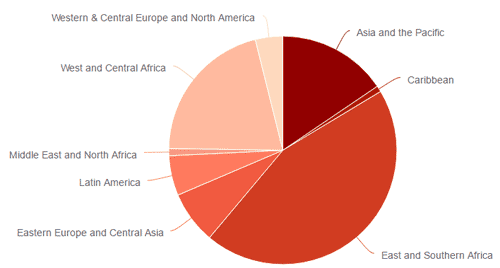
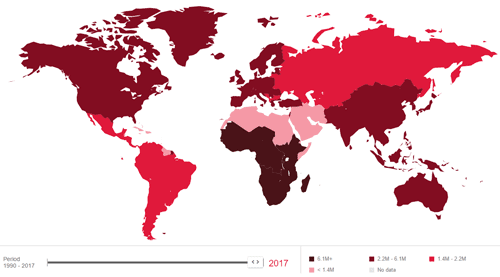
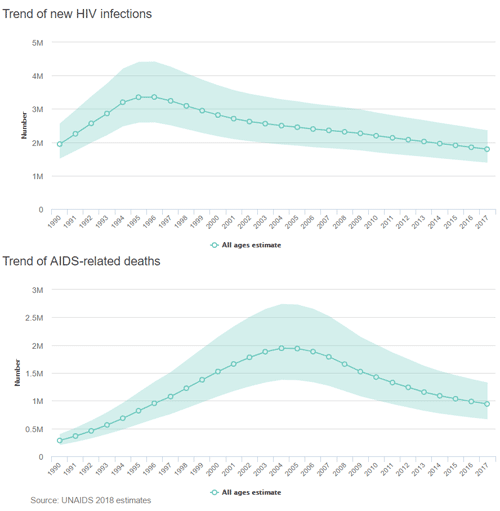
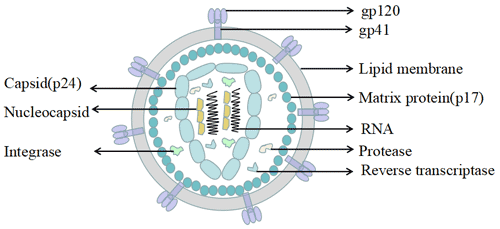
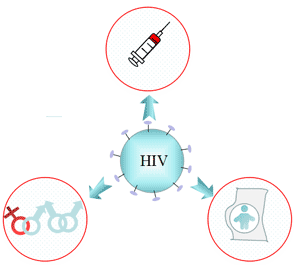
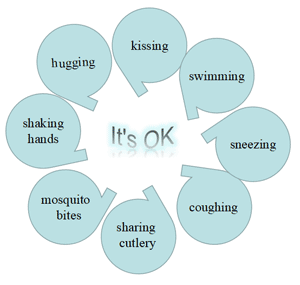
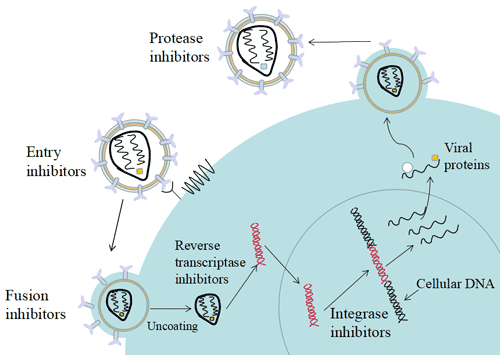



Comments
Leave a Comment